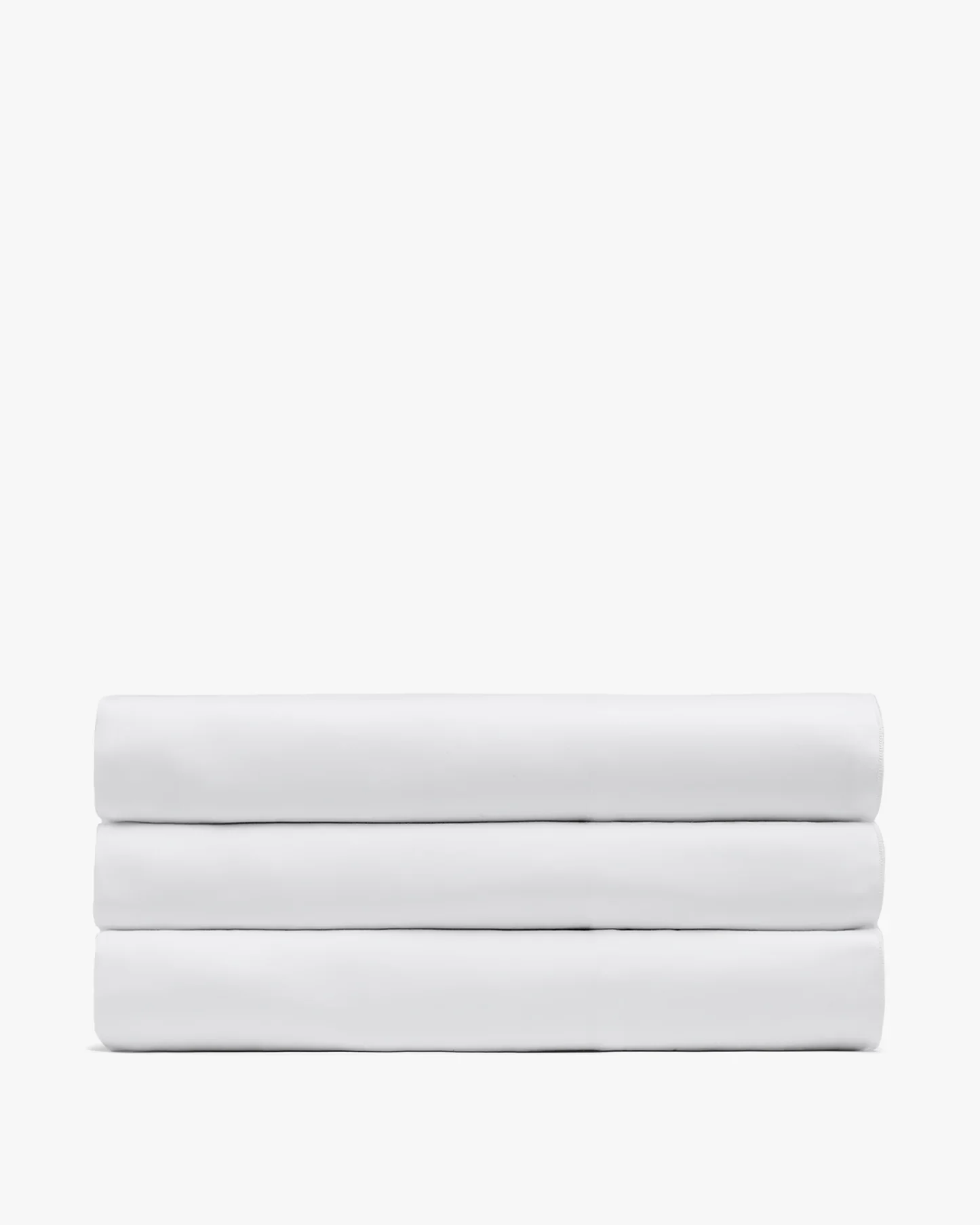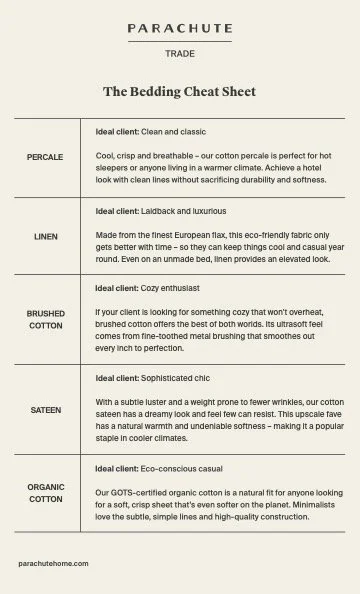Rethinking Massage Table Linens + Best carrier oils to prevent rancidity (isn’t that a fun word?) ;)
One of the ongoing debates among massage therapists is what type of linens belong on the table. Many practitioners lean toward microfiber—it resists wrinkles, lasts a long time, and launders easily. Brands like Comphy even position microfiber as a more sustainable option, since cotton can be a water-intensive, heavily sprayed crop.
But the sustainability argument isn’t so simple.
The Sustainability Trade-off
Microfiber (synthetic linens):
Made from petrochemical products (polyester, nylon).
Non-biodegradable and sheds microplastics with every wash (EPA).
Recycling is technically possible, but rarely happens in practice—according to Healthy Materials Lab, 87% of all textiles are landfilled or incinerated rather than reused or recycled (Healthy Materials Lab).
Natural fibers (cotton, linen, wool):
Biodegradable and, when properly cared for, can last a long time.
Bring a tactile quality that’s hard to match—clients can often feel the difference.
Conventional cotton does have impacts: it’s among the most pesticide-intensive crops and can require significant irrigation, depending on where it’s grown (Cotton Today).
However, organic and rain-fed cotton, as well as linen (made from flax), generally have a lower footprint.
⚠️ Important note: the oft-quoted figure that “just 9% is recycled” refers to global plastics overall, not microfiber or linens specifically (OECD). The reality is that textile recycling rates are even lower.
Product Testing
Recently, I tested pieces from Parachute’s Hospitality Collection to see how they performed in a massage setting:
Vintage Linen Bedcover: breathable, easy to drape, and the perfect weight for treatments. However, it doesn’t come in twin sizing—we doubled up for this test.
Percale Sheets: crisp, clean, and soft. Excellent for warmer weather.
Sateen Sheets: silky and a little more luxe—ideal if you want a softer, more indulgent touch, with a bit more warmth.
These linens are designed for durability in commercial use, with minimum orders starting at three per item. For business owners, it’s also possible to set up your own B2B account with Parachute.
Care & Maintenance
When it comes to maintenance, my go-to is Pure Pro Linen Wash—hands down the most effective solution I’ve found for removing oils and keeping natural fibers fresh. For extra tough stains, I use Pure Pro Degreaser (code: ORANGE4ME). See more info below!
Ready to Upgrade?
If you’re considering a linen refresh, I’d love to help. Whether you’d like me to place an order for you, or you want guidance on the best fit for your practice, I’m here as a resource.
We cannot have the conversation about sheets and linens without addressing which carrier oils are best to use!
Best options (least staining, slowest to oxidize):
Fractionated coconut oil (MCT oil):
Clear, light, and odorless.
Absorbs quickly into skin, leaves little residue on sheets.
Very stable — doesn’t go rancid like unrefined oils.
Most therapists consider it the gold standard for sheet-friendliness.
Jojoba oil (actually a liquid wax):
Very shelf-stable, almost no risk of rancidity.
Lighter than many nut/seed oils, but can still leave more residue than fractionated coconut.
Good for sensitive clients.
Better avoided (more staining, faster rancidity):
Sweet almond oil: classic massage oil, but prone to rancidity and stains badly over time.
Grapeseed oil: inexpensive and light, but one of the quickest to oxidize (can leave a sour smell in linens).
Olive oil or avocado oil: nourishing, but heavy and very staining.
👉 Bottom line:
If your priority is sheet care and avoiding rancid smells, fractionated coconut oil (MCT) is hands-down the best choice. Jojoba is also great if you want something a little more “natural” feeling and closer to skin’s own oils, but it may be pricier.
Further, here are some massage linen laundry hacks that therapists swear by to keep sheets fresh and free of that oily, rancid smell:
🧺 Pre-treatment (before the wash)
Hot water soak + baking soda: Fill a bucket/tub with hot water, add ½–1 cup baking soda, and soak sheets for a few hours. This helps break down oils.
Vinegar rinse: Add 1 cup white vinegar to the rinse cycle — cuts through oil and deodorizes.
🚿 Washing cycle
Hot water: Use the warmest water the fabric can tolerate (microfiber can usually handle hotter temps than cotton).
Heavy-duty detergent: Choose one with degreasers (some therapists like Tide Professional or Rockin’ Green).
Boosters: Add ¼–½ cup of one of these to help strip oils:
Borax
Washing soda
Oxygen bleach (not chlorine bleach)
🔁 Deep cleaning / stripping (when buildup happens)
Do this once a month or as needed:
Fill a bathtub or top-loading washer with very hot water.
Add:
¼ cup Borax
¼ cup washing soda
½ cup powdered laundry detergent
Soak sheets for 4–6 hours, stirring occasionally.
Wash and dry as usual.
🌬️ Drying
Dry completely — damp sheets trap oil odors.
Skip dryer sheets — they coat fabric and lock in oil. Use wool dryer balls instead (you can add a few drops of essential oil to them for a fresh scent).
✅ Extra Pro Tips
Rotate sheets often: Don’t let them sit too long with oil before washing.
Avoid fabric softener: It leaves a coating that makes oil harder to remove.
Dedicated massage linens: Don’t mix them with household laundry to keep everything fresher.
👉 If you combine fractionated coconut oil (least staining) with a routine like this, your sheets will last much longer and stay free of that “old massage table” smell.
Ah yes — pure pro degreaser (or similar industrial/degreasing laundry boosters) can definitely help with massage linens, but there are some important nuances:
⚡ How it works
Extremely strong at breaking down oils and grease, even stubborn residues from heavy oils, lotions, or natural body oils.
Works much faster than typical laundry boosters like Borax or washing soda.
✅ Pros
Removes built-up massage oils quickly.
Can restore older sheets that are starting to smell rancid.
Very effective if you’ve accidentally used heavier oils (sweet almond, grapeseed, avocado).
⚠️ Cons / cautions
Harsh on fabrics: Can weaken fibers over time if used too often — especially delicate linens like bamboo, percale, or microfiber blends.
Skin irritation: Needs thorough rinsing; residue can be harsh on clients’ skin.
Overkill for fractionated coconut oil: Since MCT and jojoba are light and stable, a regular hot-water wash with a standard degreaser or booster is usually enough.
Environmental concerns: Industrial degreasers are not always eco-friendly; some leave behind chemical residues.
💡 Best practices if you use it
Use sparingly — maybe once every few months or for heavily soiled sheets.
Pre-dilute according to label instructions.
Rinse thoroughly — consider an extra rinse cycle.
Reserve for problem sheets, not your regular rotation.
Bottom line: For day-to-day maintenance of massage linens, fractionated coconut oil plus a hot water wash with baking soda/borax/oxygen bleach is gentler, safer, and still very effective. Pure pro degreaser is more of a “rescue treatment” for stubborn oil buildup or older linens.



